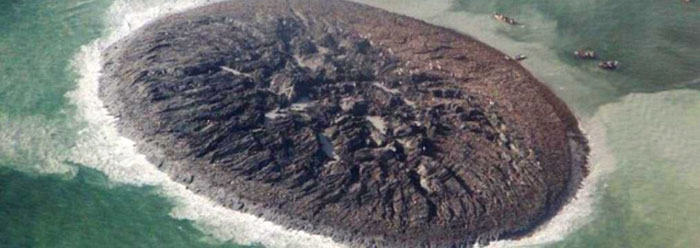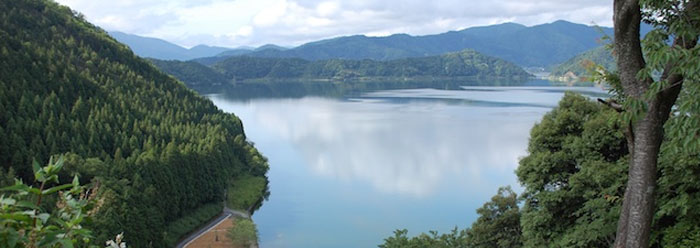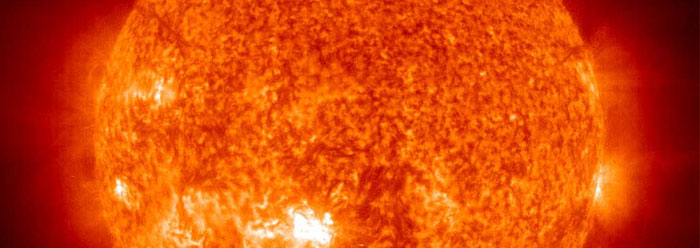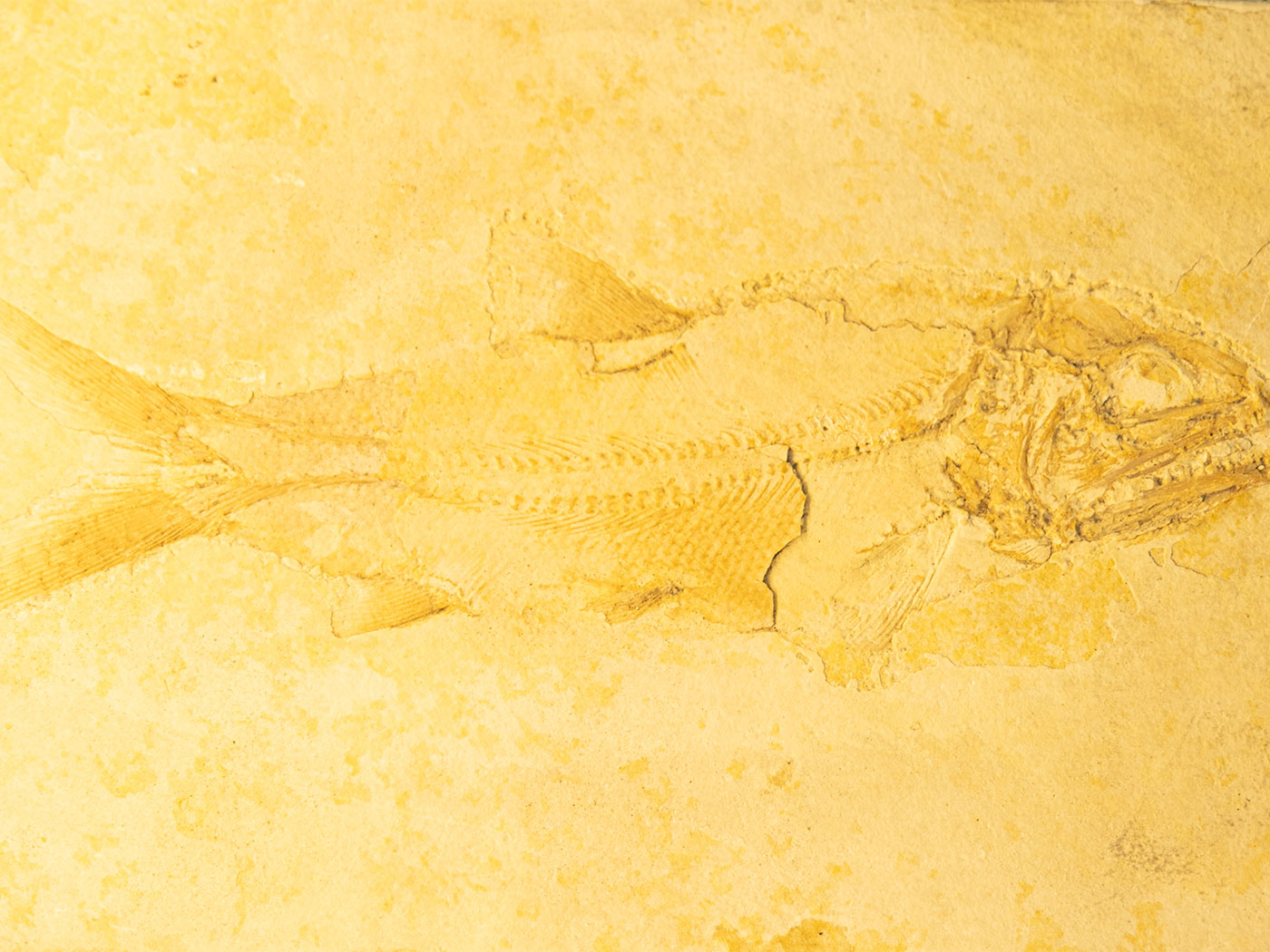A recent 7.7 magnitude earthquake in south-central Pakistan killed over 260 people and displaced thousands more. It also spawned a new island in the Arabian Sea hundreds of miles from the earthquake's source, demonstrating how quickly land surfaces can change under violent geologic stresses.1
The new island is about 60 to 70 feet high, 300 feet wide, 120 feet long, and sits a few hundred yards off the coast of Gwadar, about 250 miles south of the epicenter.2 Initial reports show the island to be a mud volcano that rose due to methane release and liquefaction of subsurface clay and mud.
The probable instigator for the creation of this new piece of dry land is Pakistan's Chaman Fault, which runs for about 525 miles north-south through the region and separates movement of the Arabian Plate to the west from the Indian Plate to the east. The fault is similar in motion and size to the San Andreas Fault in California. Both are designated "transform faults" by geologists and are nearly vertical, running 60 miles deep into the earth. These large faults have many smaller "splay faults" that deviate off of the main fracture zone and are also capable of generating sizable earthquakes.
Mud volcanoes from earthquakes have formed in this region and in other locations in the Indian Ocean in the past. A magnitude 7.7 quake in 2001 in Pakistan spawned a mud volcano 300 miles away from its source. And in 2004 the magnitude 9.1 Sumatra earthquake caused the devastating tsunami across the Indian Ocean, also generating a mud volcano 550 miles from its epicenter.3
Such geologic trauma causes elevation changes to land surfaces, sometimes moving the land up or down several yards for many miles and at times greatly affecting local sea levels. Some of the submerged ancient ruins in the Mediterranean region were likely caused by massive, ancient earthquakes creating dramatic shifts in the land surface.
Not every mud volcano is linked to earthquake activity, however. Drilling of a gas exploration well actually caused the famous Lusi mud volcano in Indonesia that started to erupt on May 29, 2006, and continues to erupt today. The high pressure in the well-lubricated underground materials reactivated a nearby fault. Overpressured and under-compacted fluids then escaped to create the out-of-control mud volcano.4
Nevertheless, mud is not a very resistant medium (Matthew 7:26-27, Luke 6:48). Due to erosion from abrasive waves and violent storms, the newest mud volcano in the Arabian Sea is not expected to last very long.2
While new islands and great earthquakes cause rapid and sudden changes, they are only faint reminders of the violence that the earth endured just thousands of years ago during the great Flood. Today's earthquakes and volcanos reflect the catastrophic breaking up of the "fountains of the great deep" (Genesis 7:11) where "the waters prevailed exceedingly on the earth, and all the high hills under the whole heaven were covered" (Genesis 7:19).
References
- Witze, A. Deadly Pakistan quake may have unleashed a mud volcano. Nature News Blog. Posted on nature.com September 25, 2013, accessed October 10, 2013.
- Gwadar's quake island unlikely to last: experts. Dawn News. Posted on dawn.com September 25, 2013, accessed October 10, 2013.
- Wang, C. and M. Manga. Hydrologic responses to earthquakes and a general metric. Geofluids. Published online before print February 23, 2010.
- Tanikawa, W. et al. 2010. Fluid transport properties and estimation of overpressure at the Lusi mud volcano, East Java Basin. Engineering Geology. 116 (1-2): 73-85.
Image credit: Copyright © 2013 National Institute of Oceanography, Pakistan. Adapted for use in accordance with federal copyright (fair use doctrine) law. Usage by ICR does not imply endorsement of copyright holders.
* Dr. Clarey is Research Associate at the Institute for Creation Research.
Article posted on October 21, 2013.

























